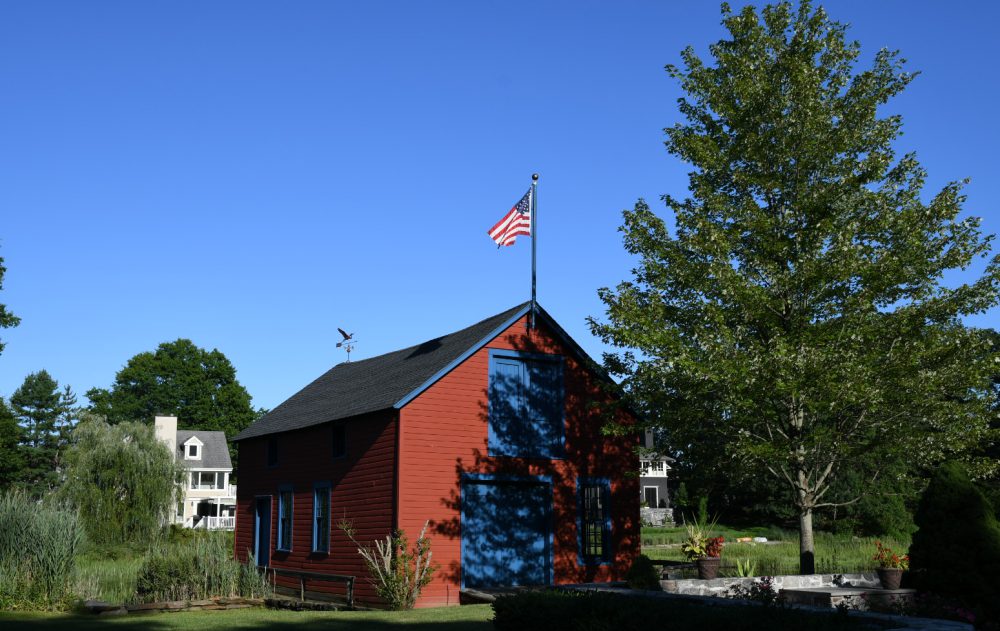
The 2012 Jaguar XJL, with supercharged V-8. It now has 41K miles, still completely reliable.
All you paid-up members of the Gid Fountain Fan Club* know that October 15th marked the 6th anniversary of the day I picked up the new Jaguar. Six years later, I’m still driving it, which is unusual for a Greenwich resident. We tend to swap out cars after two, maximum three years (houses, six to ten years, spouses, ten to twenty), yet here I am with the same ol’ clunker, go figure.
The thing is, it still looks new, smells new, acts new! It has been completely trouble-free all these years, so there is no incentive to trade it away. Do I see possible benefits for a Realtor to own the new Tesla that does zero to sixty in 1.9 seconds? Yes, I do see a possible need for such a clearly practical, real estate show-car. But dammit, the Jaguar is just plain better looking than the Tesla, so that’s that.
Anyway, here’s my brief review of this phenomenal car…
The best parts:
The sheer, over-whelming, airplane-like power. Getting on the highway couldn’t be easier. Those specs in your rear-view mirror? Those are the cars you got on with.
The “feel” of this car is very good. Maybe it’s the seats, perhaps it’s the steering wheel, or the smoothness of the ride, not sure how to pin it down, but no other car ever felt like this.
The fit and finish are superb. Again, never experienced this high a level before.
The parts that took, er, getting used to:
This is an XJ “L”, the L stands for long-wheelbase., which added about 6 inches of rear leg-room for passengers (real estate show car, remember?). The problem with a long car is getting used to the idea that the back needs to catch up with you. I complete my turn, thinking I’m ready to proceed, but the passenger-side rear wheel bumping the curb reminds me there’s still some car length left out there.
Low-profile tires: Jaguars, Porsches, BMWs, Ferraris, all powerful sports cars come with “low-profile tires”, which means very little sidewall, which means very little protection for your magnificently expensive alloy wheels. I have learned to spot and avoid potholes on pitch-black, rainy nights, at 75 MPH. New York state, which taxes its residents more than anyone else, has the worst roads of any state I drive in. I see that the new Tesla also comes with %#@&-ing low-profile tires, that’s swell.
Low-profile tires look really cool, but until roads improve (or wheels get tougher), I’d advise against them. But if you insist, then keep your eyes peeled for pot-holes!
Am I glad I bought it? Yes. Would I buy another? Yes. (nearest dealership is Darien)
End of review.
*Gift rates apply, through December 24th!








